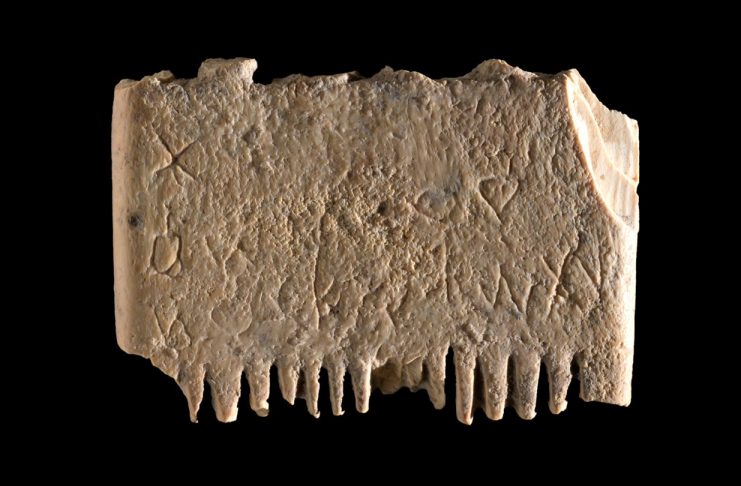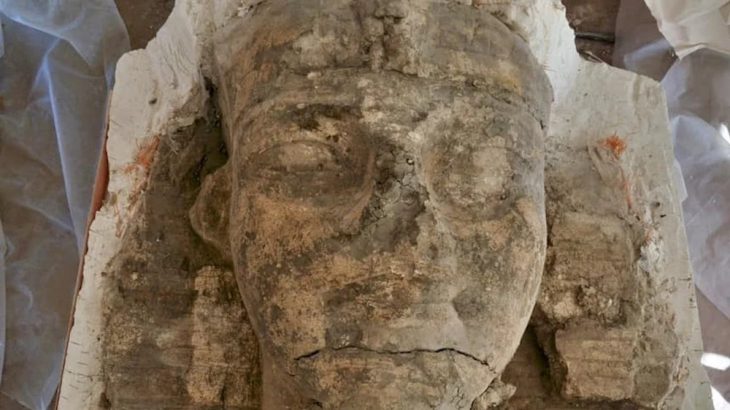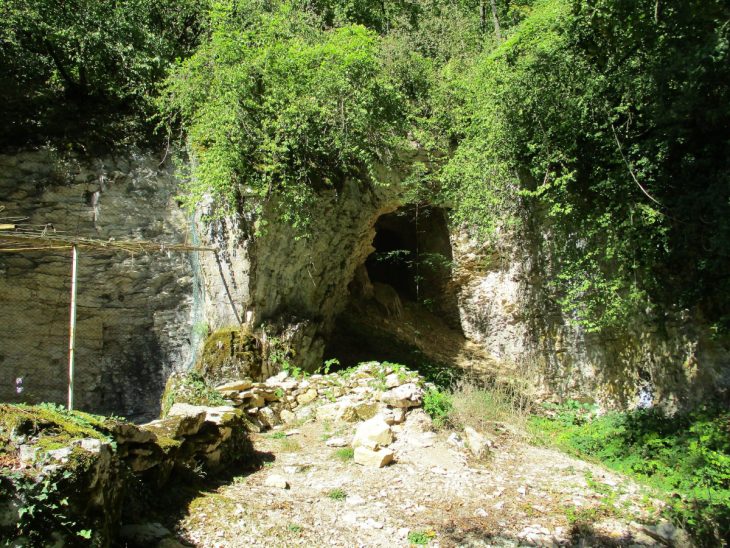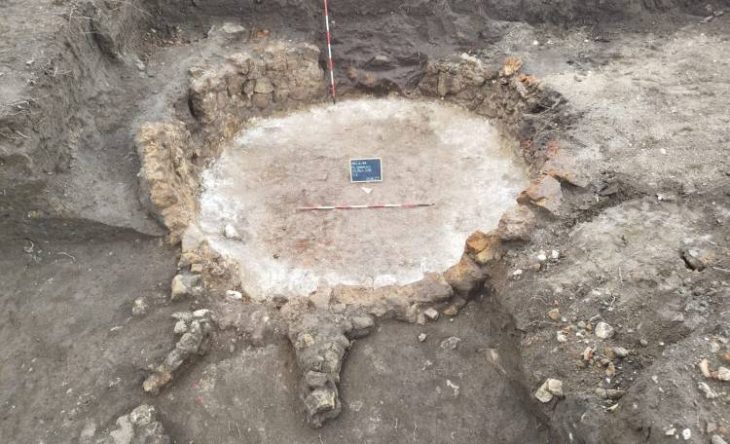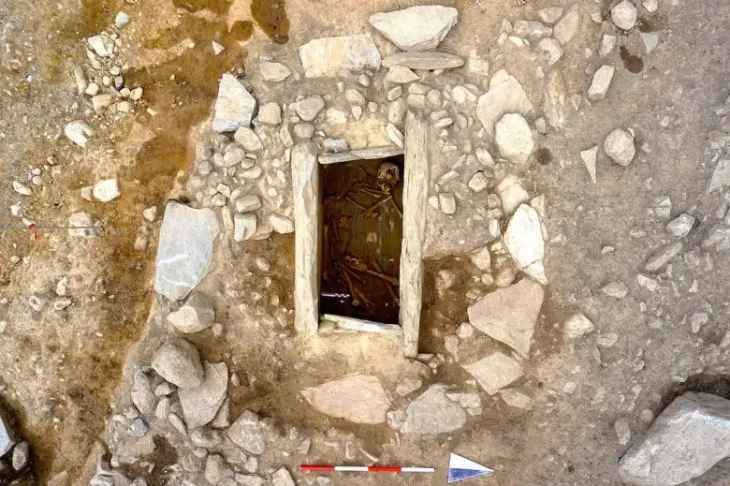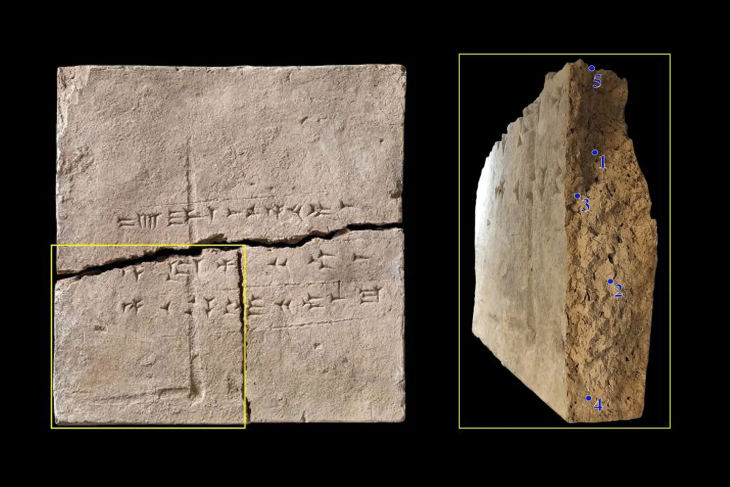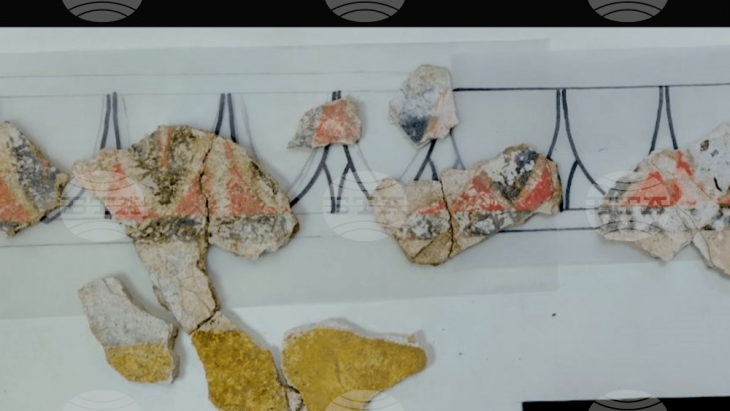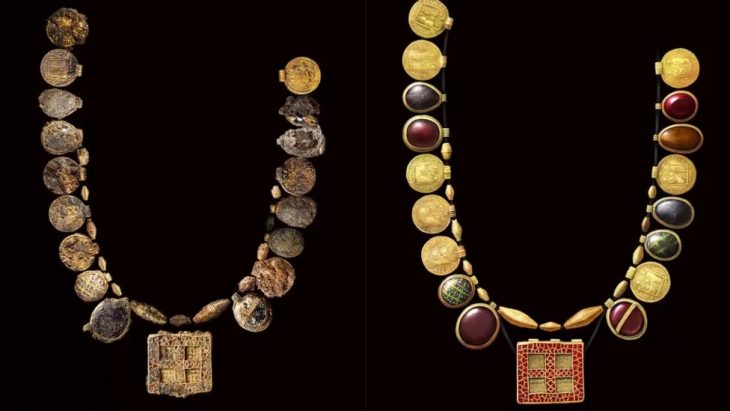Israeli archaeologists discovered a rare inscription on an ivory comb that sheds new light on the Canaanite language’s use some 3,700 years ago, marking what is likely the oldest-known full sentence in the Canaanite alphabetical script.
The ivory comb was unearthed at Tel Lachish in Israel back in 2017 by a team from the Hebrew University of Jerusalem (HU) and Southern Adventist University in the United States.
However, it was only late last year when a professor at Israel’s Hebrew University noticed the tiny words inscribed on it. Details of the find were published Wednesday in an article in the Jerusalem Journal of Archaeology.
The text was deciphered by Semitic epigraphist Dr. Daniel Vainstub at Ben Gurion University (BGU).
The comb measures roughly 3.5 by 2.5 cm and has six thick teeth on the side that was used to untangle knots in the hair, while the other side with 14 fine teeth, was used to remove lice and their eggs, much like the current-day two-sided lice combs.
The inscription encourages people to comb their hair and beards to rid themselves of lice. The sentence contains 17 letters that read: “May this tusk root out the lice of the hair and the beard.”

The discovery, according to experts, sheds new light on some of humanity’s earliest uses of the Canaanite alphabet, which was invented around 1800 B.C. and served as the foundation for all subsequent alphabetic systems such as Hebrew, Arabic, Greek, Latin, and Cyrillic.
The mundane topic indicates that people had trouble with lice in everyday life during the time – and archaeologists say they have even found microscopic evidence of head lice on the comb.
The comb inscription is direct evidence of the use of the alphabet in daily activities some 3700 years ago. This is a landmark in the history of the human ability to write,” said Professor Yosef Garfinkel.
The find also opens up room for debate about the ancient era, Garfinkel added. The fact that the sentence was found on an ivory comb in the ancient city’s palace and temple district, coupled with the mentioning of the beard, could indicate that only wealthy men were able to read and write.
Besides, Ivory was a very expensive material and likely an imported luxury object. As there were no elephants in Canaan during that time period, the comb likely came from nearby Egypt.
The Canaanites lived in the regions bordering the eastern Mediterranean and spoke a prehistoric Semitic language related to modern Hebrew, Arabic, and Aramaic. They are believed to have developed the first known alphabetic system of writing.
The Hebrew University of Jerusalem
Cover Photo: IAA

